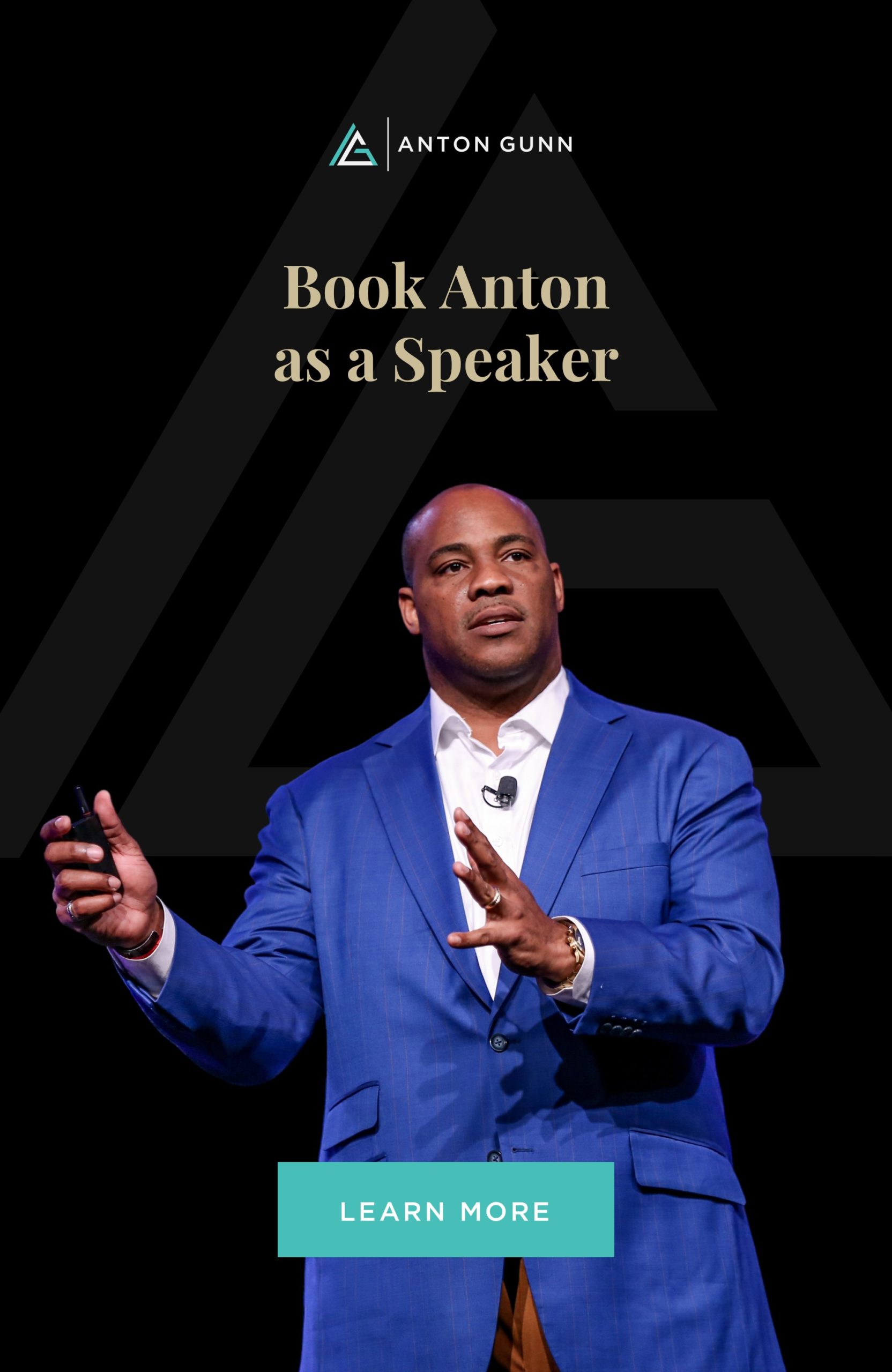Leading Through Division: How to Maintain a Unified Workplace During a Polarizing Election
As we approach the 2024 Presidential Election, the workplace can become a microcosm of the national climate. Elections reveal differences in opinions, values, and beliefs that can quickly turn into flashpoints, especially as people feel the stakes have never been higher. In a season where political conversations and media coverage are everywhere, these differences can create tension among team members who otherwise work well together.
As a leader, it’s your role to maintain unity and ensure that the workplace remains a safe, inclusive, and productive space for everyone. But how do you do that when the atmosphere is charged and emotions are running high? Here are five strategies to help you guide your team through this potentially divisive time and keep the focus on what matters most—your shared goals.
1. Set the Tone for Respectful Dialogue
Creating a unified workplace starts with setting the tone. If political conversations are going to happen, make it clear that they need to be respectful and rooted in understanding rather than judgment. Establish boundaries for communication that reflect your company’s values, emphasizing that personal attacks, assumptions, or divisive language won’t be tolerated.
It’s not about limiting free speech—it’s about ensuring that the workplace remains a safe and inclusive space for everyone. Provide guidelines or host a discussion on how to have civil conversations, even when team members disagree.
Takeaway: Leaders set the standard. If you model respectful and open communication, your team will be more likely to follow your example.
2. Focus on What Unites the Team
In the heat of a polarizing election, it’s easy to get lost in what divides us. Instead, focus on what unites your team. Highlight shared goals, projects, and successes. Emphasize how every person’s contribution drives the company forward, regardless of their political views.
Remind your team of the organization’s mission and values, showing how these ideals remain constant, no matter the external circumstances. This shared sense of purpose can act as a glue that holds the team together, even during turbulent times.
Takeaway: A common purpose keeps people grounded. Reinforce shared goals to maintain unity in the workplace.
3. Create a Space for Healthy Expression—When Appropriate
Silencing political conversations altogether may lead to resentment, but allowing unstructured dialogue can lead to conflict. Strike a balance by providing structured opportunities for expression. Consider hosting a facilitated discussion where team members can share their perspectives or provide anonymous channels for feedback if open discussions are too sensitive.
If political conversations are off-limits in the workplace, provide alternatives like community volunteering opportunities, where your team can channel their passions into positive actions.
Takeaway: Creating healthy outlets for expression prevents resentment from building up, while still maintaining focus on the work at hand.
4. Prioritize Psychological Safety
A truly unified team feels safe to express themselves without fear of backlash. Build a culture of psychological safety by being approachable, empathetic, and supportive. Encourage managers and team leaders to check in with their direct reports, especially those who may be feeling overwhelmed or anxious during this period.
Listen actively, avoid judgment, and be willing to provide support—whether that’s in the form of resources, a mental health day, or simply a listening ear. When employees know they’re safe, they’re more likely to remain engaged and productive.
Takeaway: Psychological safety is the foundation of a united and high-performing team. Create an environment where everyone feels valued and supported.
5. Lead by Example—Be a Steady Presence Amidst the Storm
When emotions run high, your team will look to you for guidance. Be the calm, steady presence they need. Keep your own emotions in check and avoid showing favoritism or bias. Stay neutral in the workplace, focus on the bigger picture, and consistently reinforce the values of inclusivity, respect, and professionalism.
A steady leader gives the team confidence that, no matter what the election outcome, they can rely on you to maintain stability and focus on the organization’s goals. Your behavior during this time will set the tone for how the team interacts, both now and in the future.
Takeaway: Your leadership is the anchor that keeps the team grounded. Model the behavior you want to see during challenging times.
Conclusion: Unity Is Built in How You Lead
Polarizing elections can bring division, but they’re also an opportunity for leaders to step up and show what authentic leadership looks like. By fostering a culture of respect, emphasizing common goals, providing safe spaces for expression, prioritizing psychological safety, and leading by example, you can navigate your team through divisive times and come out stronger on the other side.
As Abraham Lincoln wisely said, “I don’t like that man. I must get to know him better.” Great leaders see challenges as a chance to bridge divides, to understand, and to build stronger connections. Remember, leadership during challenging moments is about creating an environment where people feel seen, heard, and valued—regardless of their political views. By truly getting to know one another, leaders can build unity that endures.
Call to Action
For more insights on managing workplace culture during difficult times, check out my book, Just Lead. You can also explore related articles on AntonGunn.com, like “7 Effective Leadership Strategies to Protect Your People from Political Tension” and “Elevate Equity: Crafting a Workplace That Stands for All”.
Do you need help navigating your leadership journey? Book me for your next event, and we can create a unified workplace culture. You can also contact me on LinkedIn for more leadership tips and strategies.







